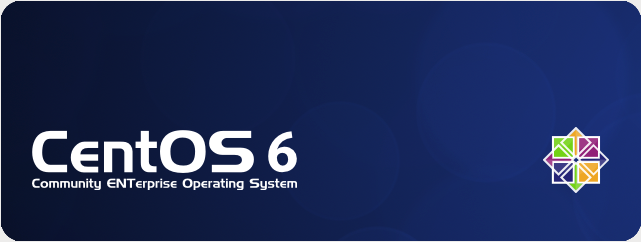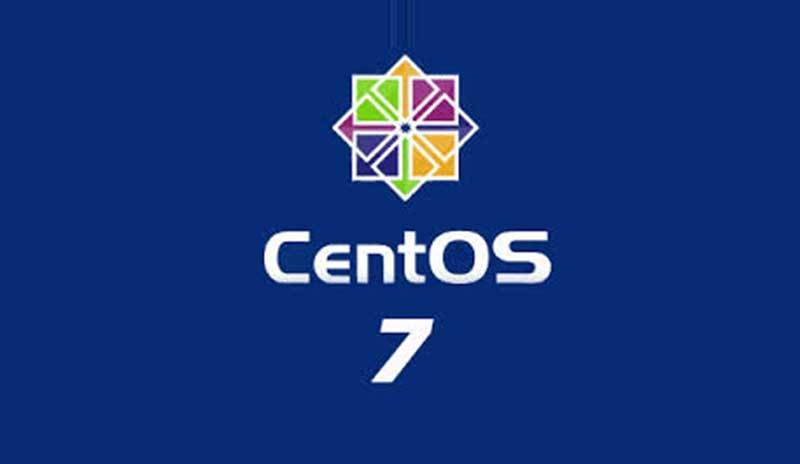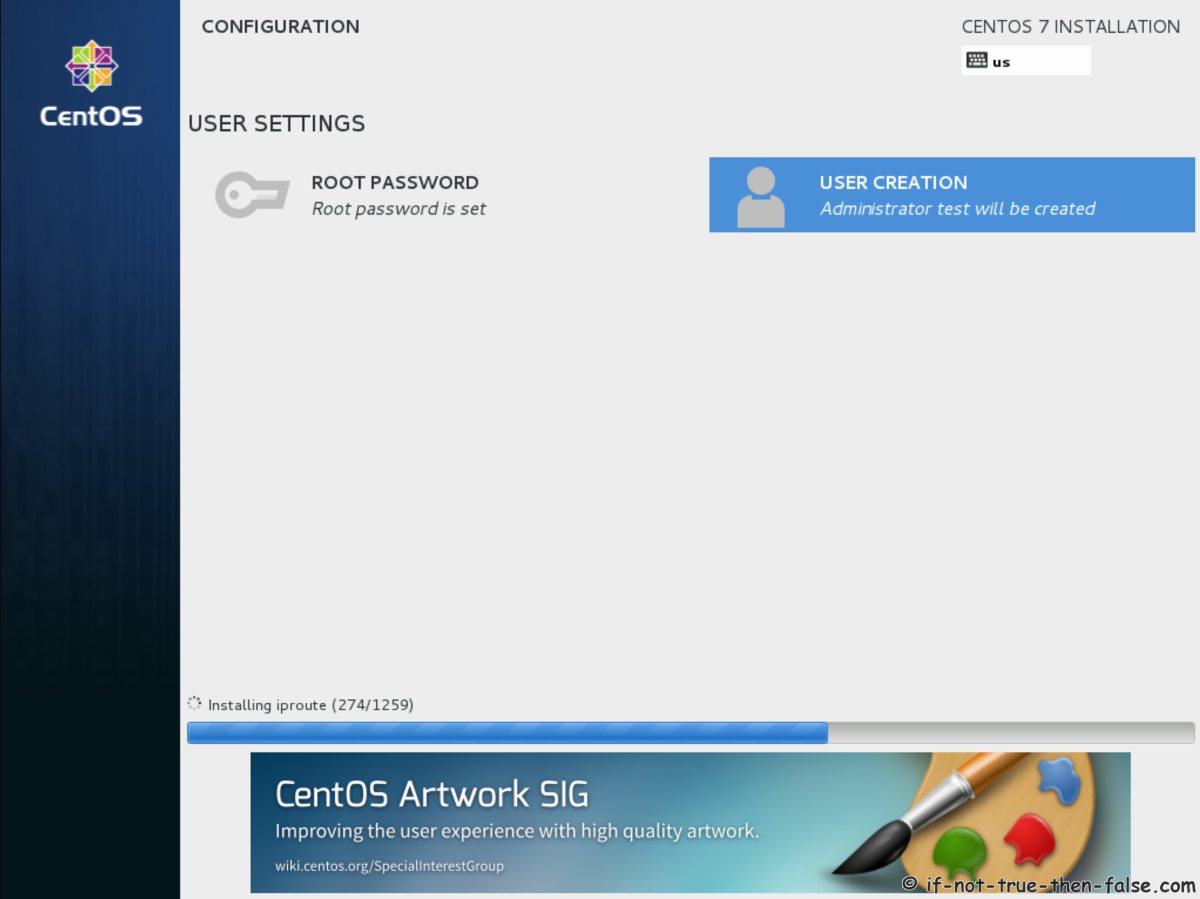
The Samba client that is used for backing up the appliance uses SMB 2 by default on CentOS 7. You can also have more than one network interface. The interface name might be something like ens160 or enp2s4, though this name depends on the virtualization software or the hardware platform. The first network interface is no longer special, and no longer needs to be called eth0. If you have written scripts to interact with BMC Discovery services, you should modify those scripts to use the tw_service_control utility. Unit rvice could not be ~]$ Scripts that interact with BMC Discovery services Redirecting to /bin/systemctl status rvice In a CentOS 6 based appliance you would restart the security service ~]$ cat /etc/redhat-releaseĬentOS Linux release ~]$ sudo /sbin/service tideway status The tw_service_control utility enables you to start and stop individual application services, such as the Application Server service or the External API service, or all services as one, which is the equivalent of the tideway service in versions running on CentOS 6. For complete information about its usage, see the tw_service_control documentation. To restart the omniNames service: $ sudo systemctl restart omniNamesĪll of the BMC Discovery application services on CentOS 7 are controlled using the tw_service_control utility. 
To stop the cluster service: $ sudo systemctl stop cluster $ sudo systemctl stop|start|restart|status omniNamesįor example, to start the cluster service: $ sudo systemctl start cluster They are used in the following manner: $ sudo systemctl stop|start|restart|status cluster In CentOS 7, the only services that require you to use system level commands to control them are cluster, omniNames, and occasionally, httpd. The appliance service still exists, but is only used by the system at boot. Other than a different boot routine, the main change visible to BMC Discovery users, is the way in which services are controlled. Red Hat Enterprise Linux Server release 7.xĬentOS 7 uses the systemd suite, which replaces the init system used in earlier versions. The BMC Discovery version number, build number, and OS version are provided on the bottom line.Īlternatively, from the command line, enter: ~]$ cat /etc/redhat-release


To determine whether your appliance is running on CentOS 6, CentOS 7, or RHEL 7, check the footer of any UI page.







 0 kommentar(er)
0 kommentar(er)
